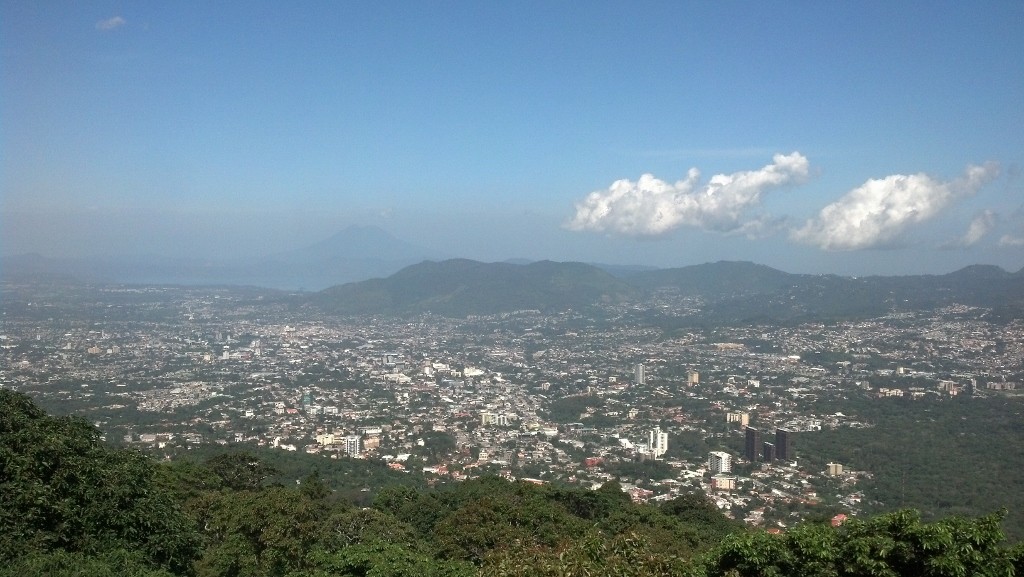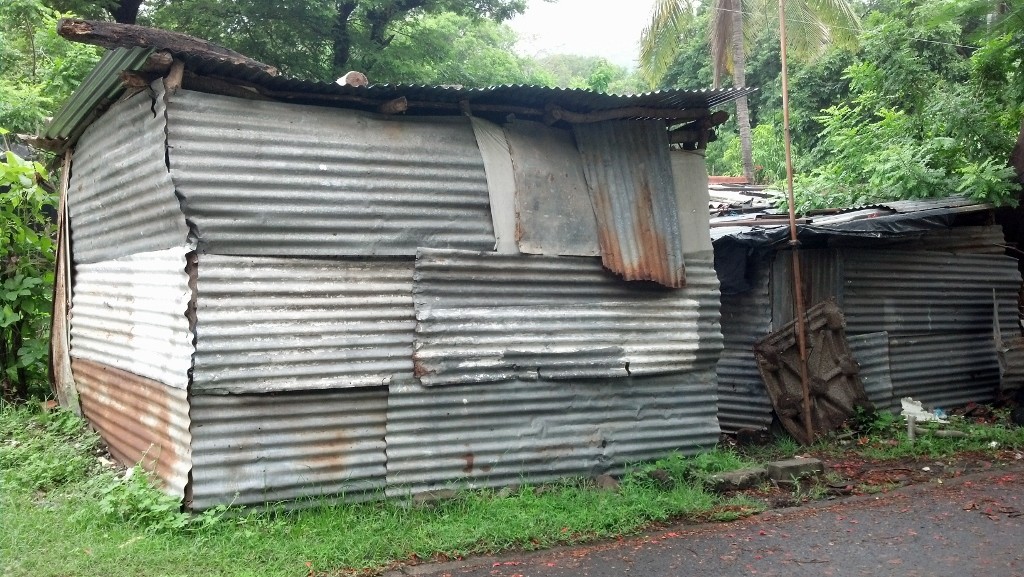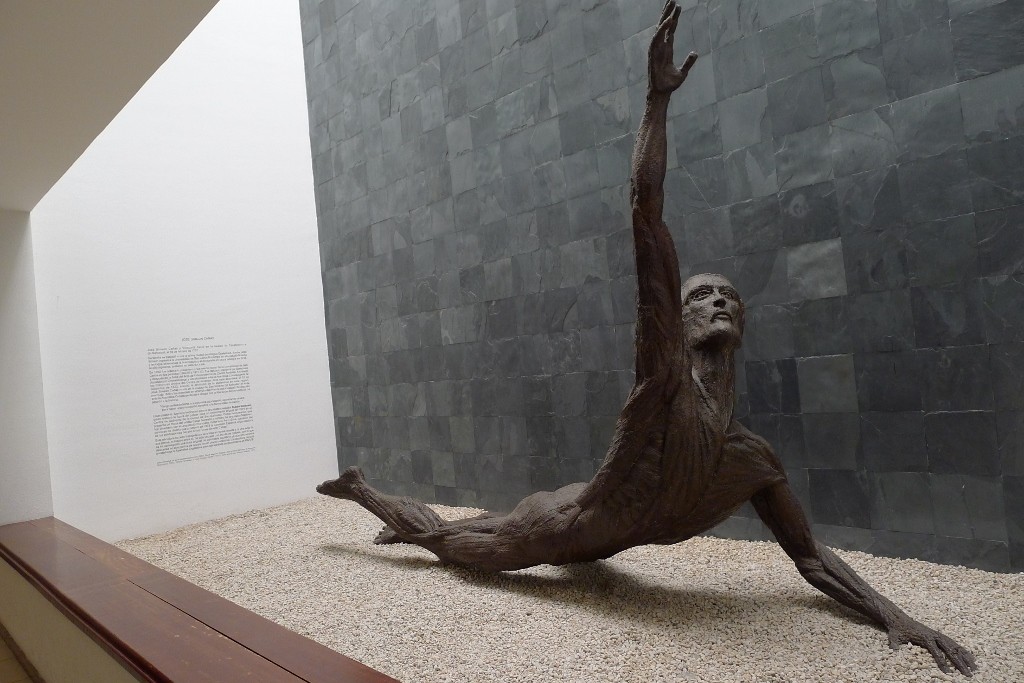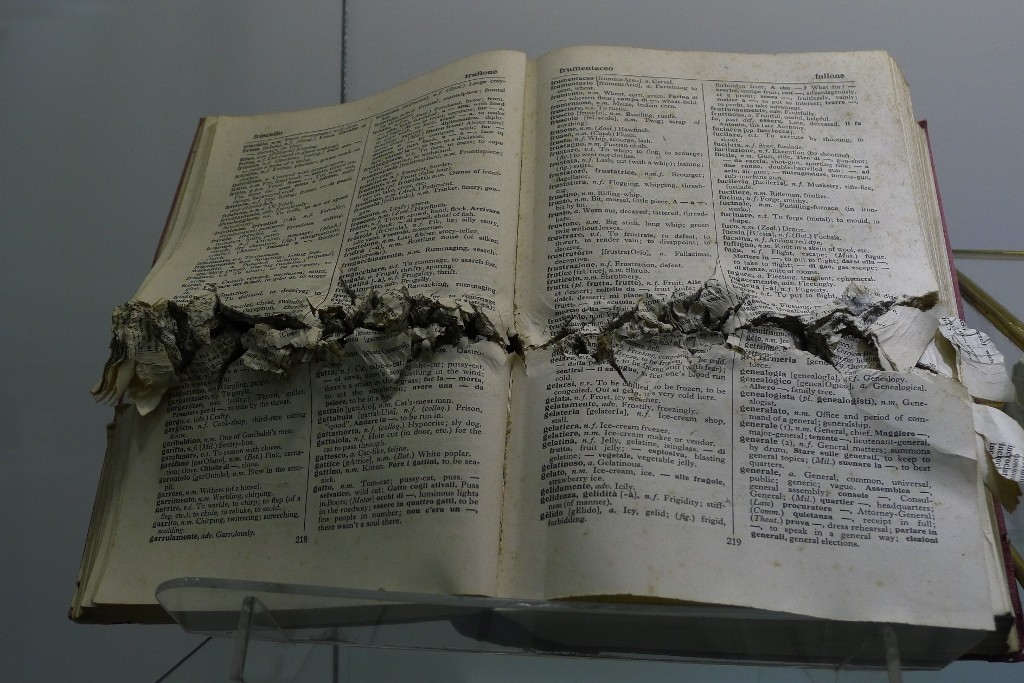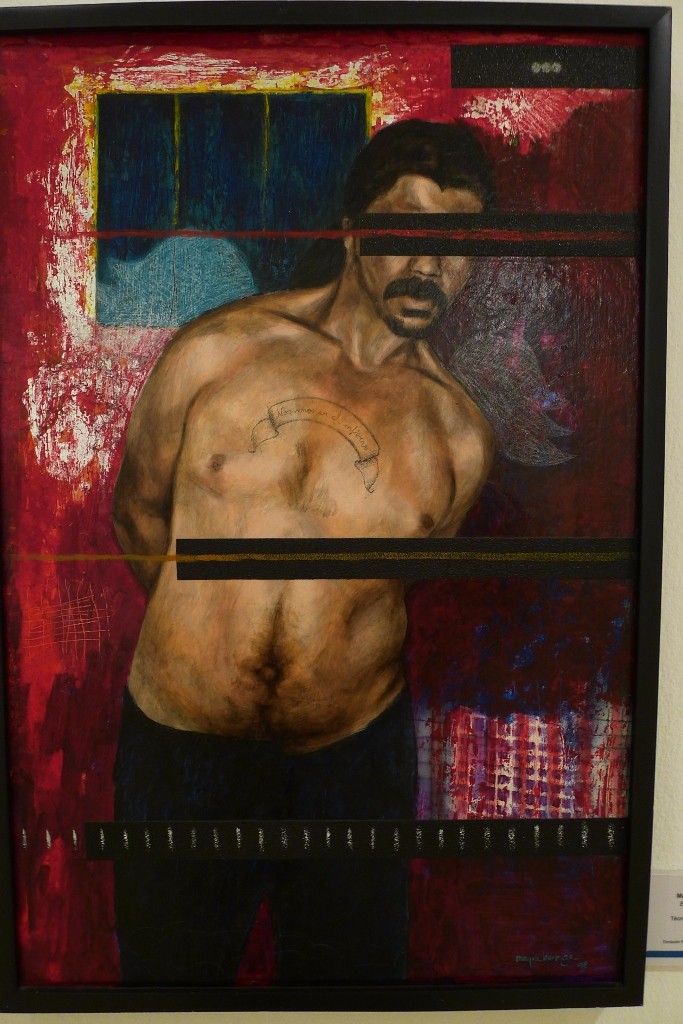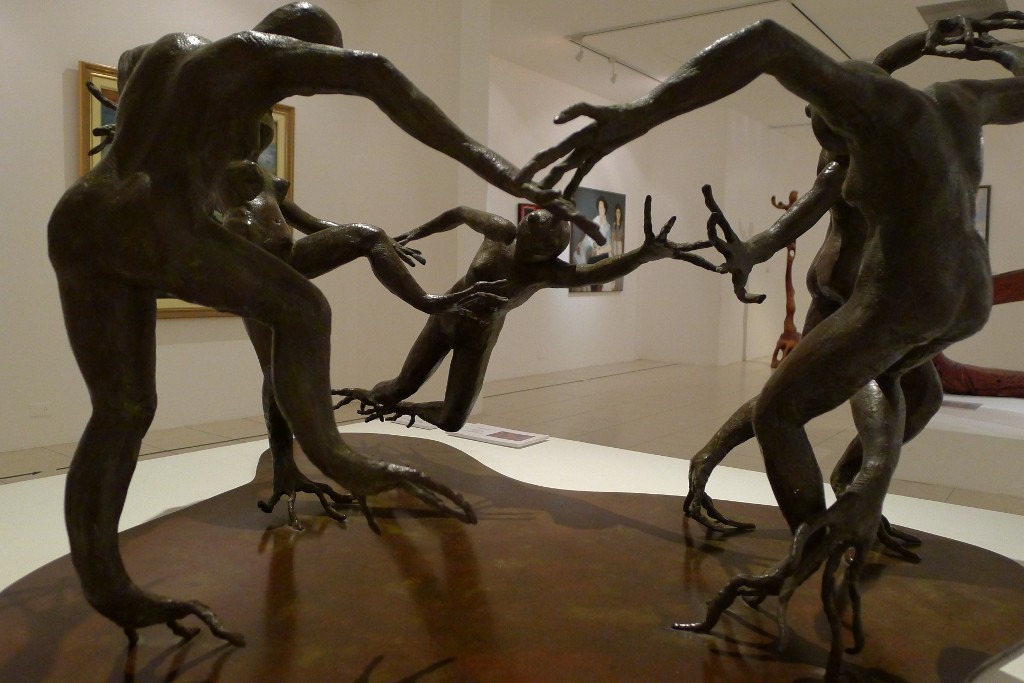Travel Safety
The rainy season in the tropics is no joke… even less so when on two wheels. There is so much of Guatemala and El Salvador that I did not see because the towering, and sometimes smoking, volcanoes were constantly covered in clouds. There were brief moments of clarity when I could gaze in awe upon Central America’s piece of the Ring of Fire, which made me forget the hours of soaking I endured to get there.
I entered El Salvador along the coast, and hugged it until La Libertad where I turned inland to San Salvador. I’m not a surfer and I rarely want to stay on the beach. I love the peace of looking at the ocean, and the overwhelming feeling of expansiveness it brings, but sand flies and mosquitoes make this difficult to enjoy during the rainy season. So I spent a couple of night listening to the surf, and headed to one of the most dangerous cities in the world.
Considering that I have been to half of the world’s 20 most dangerous cities, and have never felt in danger, and it is worth reflecting as to why. Danger is a relative thing. Statistics show murder rates, aggravated assaults or robberies, and things of that nature, but there are important details they rarely show: most crimes are not perpetrated against visitors and tourists; most crimes involve drugs or weapons; most of the dangerous situations for a tourist are related to their stupidity.
There are simple rules that anyone can follow which will mitigate most of the risk of traveling to a “dangerous” place. First, don’t be stupid. It’s that simple. Don’t walk around with a Rolex, flashing your new iphone, and whipping out a stack of cash to pay for a soda. Local or tourist you are bound to be robbed. Don’t go to questionable neighborhoods alone, go with a local, and definitely don’t do it at night. Don’t attempt to buy drugs or guns, smuggle them across borders, or deal in them. If you do need to buy drugs, find a gringo, there’s always some hippie around with a stash. Don’t act as though you are the great white hope and treat everyone as your servants. That’s it. It really is that simple.
The exception of course is a country at war – that is a kind of danger that is best avoided by not going there, as random bullets don’t really care about your Rolex.
And my favorite rule for staying safe wherever you may travel: smile. Acknowledge the people around you, be generous with your smiles and nods. If you speak a little of the language, speak it. Buy a soda or some gum from a street vendor (with coins), let people see that you are not there to gawk at them, rather to learn about them, to share the experience of life, if but for a moment.
In a Blink
There was little that grabbed my attention in El Salvador. The indigenous part of their society has been well eradicated and assimilated, so there was little variety in language, dress, art, food… culture, in the country. Knowing one place meant knowing most of the rest. It was sad to see the homogenization, especially as contrasted with Guatemala where one can drive 10km to find a new language and dress and traditions.
The lack of indigenous culture did not mean the elimination of poverty however. Tin shacks were still the predominant structures I saw throughout the country. And as most of Central America, the ravages of war and drugs were very apparent. I was actually fortunate enough to stay with a colonel in the army but my Spanish was still not refined enough to ask the more delicate questions – it’s much easier to speak to victims than aggressors.
But as is true in every country and city I have visited, the majority of the people were wonderful. Not quite as open and friendly as Mexicans (but few people in the world are), but still very Latino – which means I was always made to feel at home, always as a friend, always safe.
I spent a few days going to museums and eating pupusas in San Salvador. I always try to visit as many museums as I can as I find they hold an important key to the ethos, and often pathos, of a country. There were two that really stood out in San Salvador: Museo de Arte (Marte) and Centro de Monsignor Romero.
The memorial to Romero and the other murdered priests and nuns (during one of the army’s purgings of people who stood for stupid things like human rights) was very moving. Looking at their personal articles (covered in blood and bullet holes), then through a photo album of the scene of the massacre, then stepping outside and really feeling that I was on the very ground where this took place not so long ago… all came together to produce a profound feeling of sadness. I saw the walls and floors and grass which were riddled in blood, guts, brains and bullets. In the very place where I stood, in the middle of a university campus, surrounded by lovely trees and flowers, these supporters of worker’s rights and the revolution were, very much, savagely killed. Hard to shake off, and hard to understand the point of either side of a revolution.
The Museum of Art (Marte) was very nice, small, but nice. I was not left in awe, but there were a number of works which really captured the reality of life in Central America, and of the human struggle with position, place and time. I was able to witness the breadth of Salvadorian art and place it in the context of Latino culture in Central America. I was further solidified in my belief that art is vital to education. Sometimes a lot of the things we want to teach kids, about history, poverty, force, beauty… can only be conveyed (understood) through art. Two months of lectures may be ignored or simply not seep in, but one look at a painting of struggling laborers, with beautiful colors, and masterful brush strokes, and the message is inadvertently understood. We all learn differently, so books and lectures cannot be the only way we try to communicate and impart knowledge. This is particularly important in Latin America where reading, or even access to books, is very limited.
To wrap up my week in El Salvador I took a ride to a town known for its pineapples. I had no idea that pineapples grow on little agave looking bushes, I always thought they grew on palm trees. I also had no idea just how delicious a pineapple can be! Picked right off the bush, cleaned and sliced – it was the sweetest and juiciest fruit I have ever tasted!
With that sweetness still lingering in my mouth I continued south to Honduras. I had no intention on spending a lot of time there, but friends, pangs in the heart, and dengue had very different plans for me.
